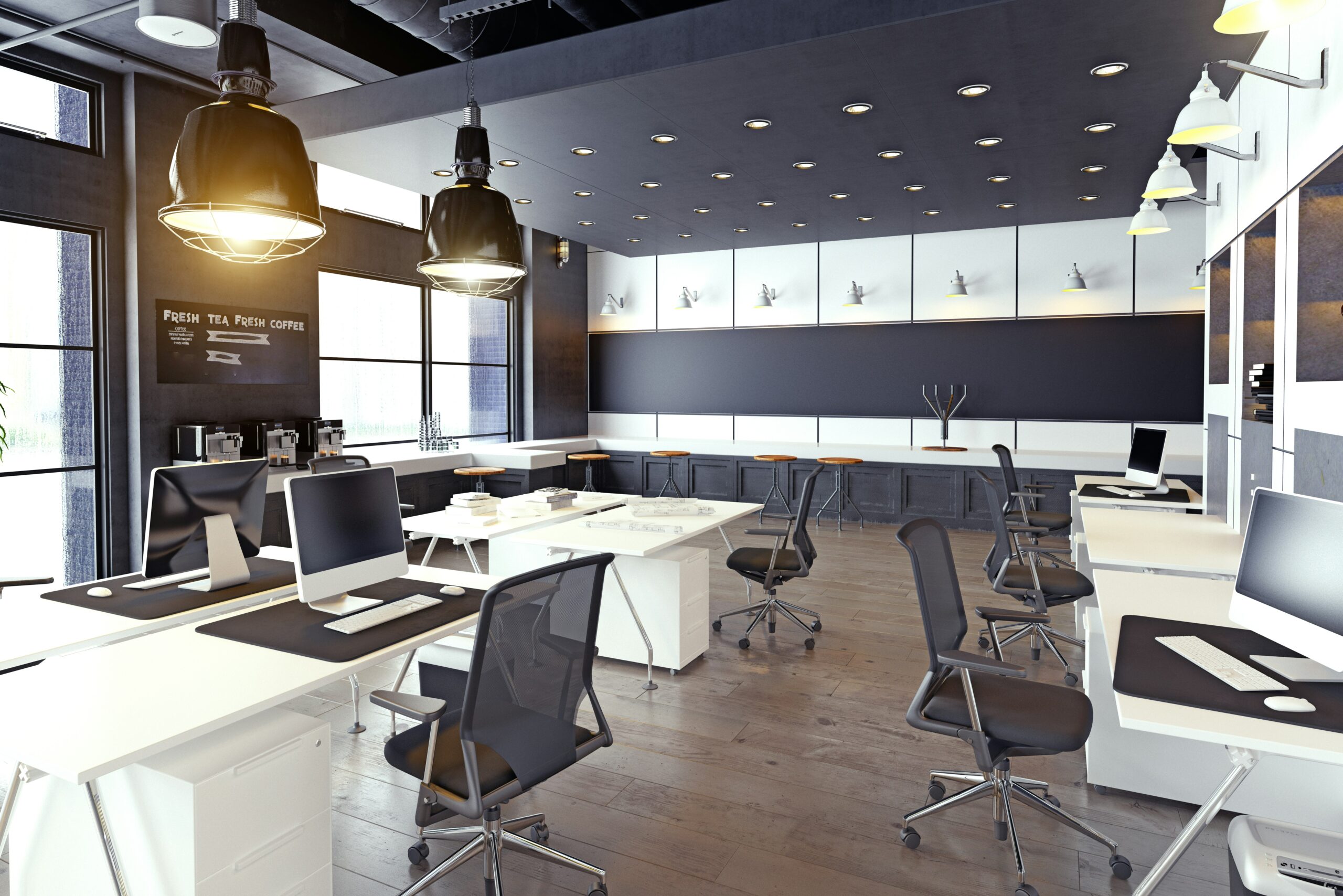Top 5 Mistakes to Avoid When Buying Office Furniture
Buying office furniture might seem straightforward — pick a desk, a few chairs, and you’re all set. But these decisions have a direct impact on productivity, employee well-being, and even company culture. Here are the five most common mistakes — and how to avoid them.
1. Focusing Only on the Purchase Price
Why it’s a mistake
Low-cost furniture often comes with hidden trade-offs: weak hinges, easily worn fabrics, or limited adjustment features.
Hidden costs like early replacements and repairs can end up exceeding the initial savings.
How to avoid it
-
Compare the total cost of ownership (TCO) over 5 years: purchase price, maintenance, warranty, resale value.
-
Look for warranties of at least 5 years on chairs and 10 years on desks.
-
Check the availability of spare parts and the option for upgrades (e.g. new armrests, electric kits).
2. Overlooking Ergonomics and Team Needs
Why it’s a mistake
Poorly adapted workstations can increase musculoskeletal disorders (MSDs) and absenteeism.
One-size-fits-all furniture doesn’t meet the needs of diverse body types or hybrid work models.
How to avoid it
-
Choose chairs with adjustable features (seat height and depth, lumbar support, 4D armrests).
-
Provide sit-stand desks in areas with prolonged computer use.
-
Run a trial session: let employees test various models for a week and gather feedback before purchasing.
3. Underestimating Acoustics and Space Planning
Why it’s a mistake
Open offices can amplify noise, reducing focus and privacy.
Poor layouts make cable management difficult, restrict movement, and may block emergency exits.
How to avoid it
-
Create a 2D/3D floor plan before ordering. Adjust table sizes and partition placement accordingly.
-
Integrate acoustic solutions early on (wall panels, divider screens, phone booths).
-
Ensure compliance with building codes: minimum 90 cm clearance and clear access to fire extinguishers.
4. Forgetting Scalability and Flexibility
Why it’s a mistake
As companies grow, shift teams, or embrace hybrid models, rigid and heavily partitioned furniture becomes outdated.
Selling or storing it is expensive — and it often ends up being recycled with no return on investment.
How to avoid it
-
Choose modular systems: reconfigurable benching desks, rolling storage units, movable partitions.
-
Go for timeless, neutral finishes (white, light ash, graphite grey) that blend easily into new setups.
-
Ask if your supplier offers buy-back or flexible rental programs (furniture-as-a-service).
5. Overlooking Logistics and Delivery Timelines
Why it’s a mistake
Some manufacturers quote 4–6 week lead times… not accounting for peak periods or material shortages.
Delays can affect renovation timelines (painting, wiring) and postpone your move-in date.
How to avoid it
-
Confirm a detailed timeline: order, production, shipping, installation.
-
Secure buffer stock for critical items with your supplier.
-
Ensure the installation team handles assembly, packaging removal, and old furniture disposal if needed.
Office furniture is a strategic investment — it affects employee health, productivity, and your brand image. By avoiding these five common pitfalls — focusing only on price, neglecting ergonomics, ignoring acoustics, forgetting flexibility, and underestimating logistics — you ensure a workspace that’s durable, comfortable, and future-ready.
Ready to rethink your workspace?
Bureau Plan can guide you from ergonomic audits to turnkey installations. Contact us for a free workspace assessment.






0 Comments